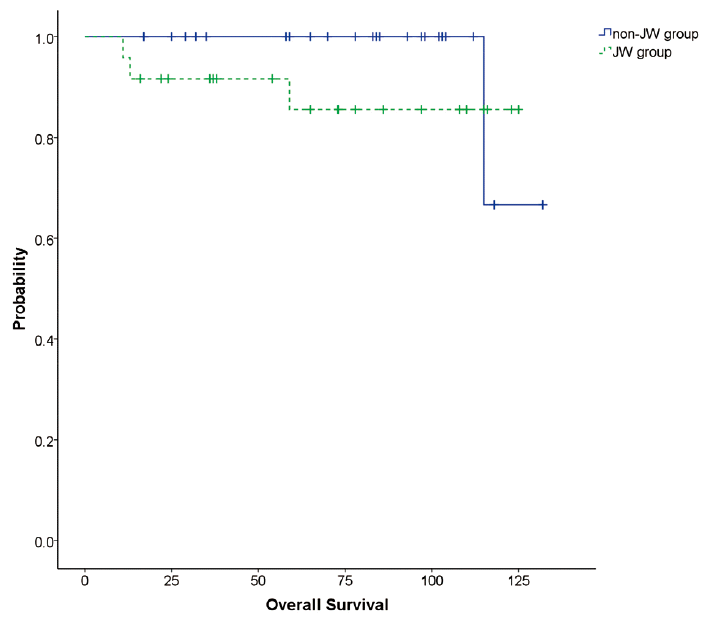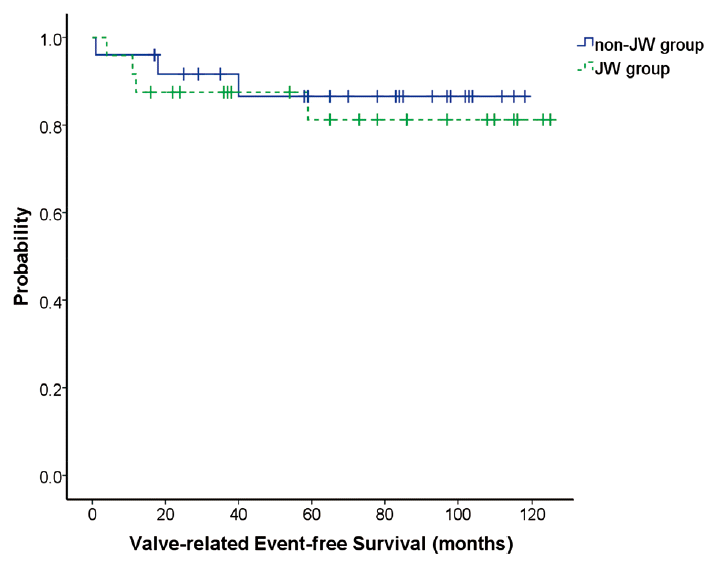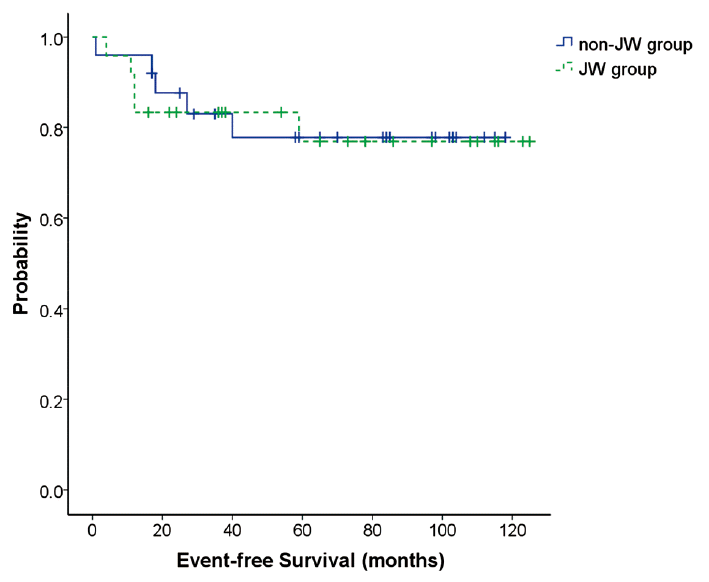1. Goodnough LT, Shander A, Spence R. Bloodless medicine: clinical care without allogeneic blood transfusion. Transfusion. 2003; 43:668–76.

2. Jo KI, Shin JW, Choi TY, Park YJ, Youm W, Kim MJ. Eight-year experience of bloodless surgery at a tertiary care hospital in Korea. Transfusion. 2013; 53:948–54.

3. Rosengart TK, Helm RE, DeBois WJ, Garcia N, Krieger KH, Isom OW. Open heart operations without transfusion using a multimodality blood conservation strategy in 50 Jehovah’s Witness patients: implications for a “bloodless” surgical technique. J Am Coll Surg. 1997; 184:618–29.
4. Helm RE, Rosengart TK, Gomez M, Klemperer JD, DeBois WJ, Velasco F, et al. Comprehensive multimodality blood conservation: 100 consecutive CABG operations without transfusion. Ann Thorac Surg. 1998; 65:125–36.

5. Spahn DR, Casutt M. Eliminating blood transfusions: new aspects and perspectives. Anesthesiology. 2000; 93:242–55.
6. Juraszek A, Dziodzio T, Roedler S, Kral A, Hutschala D, Wolner E, et al. Results of open heart surgery in Jehovah’s Witnesses patients. J Cardiovasc Surg (Torino). 2009; 50:247–50.
7. Pompei E, Tursi V, Guzzi G, Vendramin I, Ius F, Muzzi R, et al. Mid-term clinical outcomes in cardiac surgery of Jehovah’s witnesses. J Cardiovasc Med (Hagerstown). 2010; 11:170–4.

8. Moraca RJ, Wanamaker KM, Bailey SH, McGregor WE, Benckart DH, Maher TD, et al. Strategies and outcomes of cardiac surgery in Jehovah’s Witnesses. J Card Surg. 2011; 26:135–43.

9. Emmert MY, Salzberg SP, Theusinger OM, Felix C, Plass A, Hoerstrup SP, et al. How good patient blood management leads to excellent outcomes in Jehovah’s witness patients undergoing cardiac surgery. Interact Cardiovasc Thorac Surg. 2011; 12:183–8.

10. Vaislic CD, Dalibon N, Ponzio O, Ba M, Jugan E, Lagneau F, et al. Outcomes in cardiac surgery in 500 consecutive Jehovah’s Witness patients: 21 year experience. J Cardiothorac Surg. 2012; 7:95.

11. Marshall L, Krampl C, Vrtik M, Haluska B, Griffin R, Mundy J, et al. Short term outcomes after cardiac surgery in a Jehovah’s Witness population: an institutional experience. Heart Lung Circ. 2012; 21:101–4.

12. Jassar AS, Ford PA, Haber HL, Isidro A, Swain JD, Bavaria JE, et al. Cardiac surgery in Jehovah’s Witness patients: ten-year experience. Ann Thorac Surg. 2012; 93:19–25.

13. Stamou SC, White T, Barnett S, Boyce SW, Corso PJ, Lefrak EA. Comparisons of cardiac surgery outcomes in Jehovah’s versus non-Jehovah’s Witnesses. Am J Cardiol. 2006; 98:1223–5.

14. Reyes G, Nuche JM, Sarraj A, Cobiella J, Orts M, Martin G, et al. Bloodless cardiac surgery in Jehovah’s witnesses: outcomes compared with a control group. Rev Esp Cardiol. 2007; 60:727–31.

15. Bhaskar B, Jack RK, Mullany D, Fraser J. Comparison of outcome in Jehovah’s Witness patients in cardiac surgery: an Australian experience. Heart Lung Circ. 2010; 19:655–9.

16. Pattakos G, Koch CG, Brizzio ME, Batizy LH, Sabik JF 3rd, Blackstone EH, et al. Outcome of patients who refuse transfusion after cardiac surgery: a natural experiment with severe blood conservation. Arch Intern Med. 2012; 172:1154–60.

17. Casati V, Speziali G, D’Alessandro C, Cianchi C, Antonietta Grasso M, Spagnolo S, et al. Intraoperative low-volume acute normovolemic hemodilution in adult open-heart surgery. Anesthesiology. 2002; 97:367–73.

18. Shapira OM, Aldea GS, Treanor PR, Chartrand RM, DeAndrade KM, Lazar HL, et al. Reduction of allogeneic blood transfusions after open heart operations by lowering cardiopulmonary bypass prime volume. Ann Thorac Surg. 1998; 65:724–30.

19. Rosengart TK, DeBois W, O’Hara M, Helm R, Gomez M, Lang SJ, et al. Retrograde autologous priming for cardiopulmonary bypass: a safe and effective means of decreasing hemodilution and transfusion requirements. J Thorac Cardiovasc Surg. 1998; 115:426–38.

20. Akins CW, Miller DC, Turina MI, Kouchoukos NT, Blackstone EH, Grunkemeier GL, et al. Guidelines for reporting mortality and morbidity after cardiac valve interventions. Eur J Cardiothorac Surg. 2008; 33:523–8.

21. Ott DA, Cooley DA. Cardiovascular surgery in Jehovah’s Witnesses. Report of 542 operations without blood transfusion. JAMA. 1977; 238:1256–8.

22. Habib RH, Zacharias A, Schwann TA, Riordan CJ, Durham SJ, Shah A. Adverse effects of low hematocrit during cardiopulmonary bypass in the adult: should current practice be changed. J Thorac Cardiovasc Surg. 2003; 125:1438–50.

23. Ranucci M, Conti D, Castelvecchio S, Menicanti L, Frigiola A, Ballotta A, et al. Hematocrit on cardiopulmonary bypass and outcome after coronary surgery in nontransfused patients. Ann Thorac Surg. 2010; 89:11–7.

24. Karkouti K, Beattie WS, Wijeysundera DN, Rao V, Chan C, Dattilo KM, et al. Hemodilution during cardiopulmonary bypass is an independent risk factor for acute renal failure in adult cardiac surgery. J Thorac Cardiovasc Surg. 2005; 129:391–400.

25. Habib RH, Zacharias A, Schwann TA, Riordan CJ, Engoren M, Durham SJ, et al. Role of hemodilutional anemia and transfusion during cardiopulmonary bypass in renal injury after coronary revascularization: implications on operative outcome. Crit Care Med. 2005; 33:1749–56.






 PDF
PDF ePub
ePub Citation
Citation Print
Print




 XML Download
XML Download